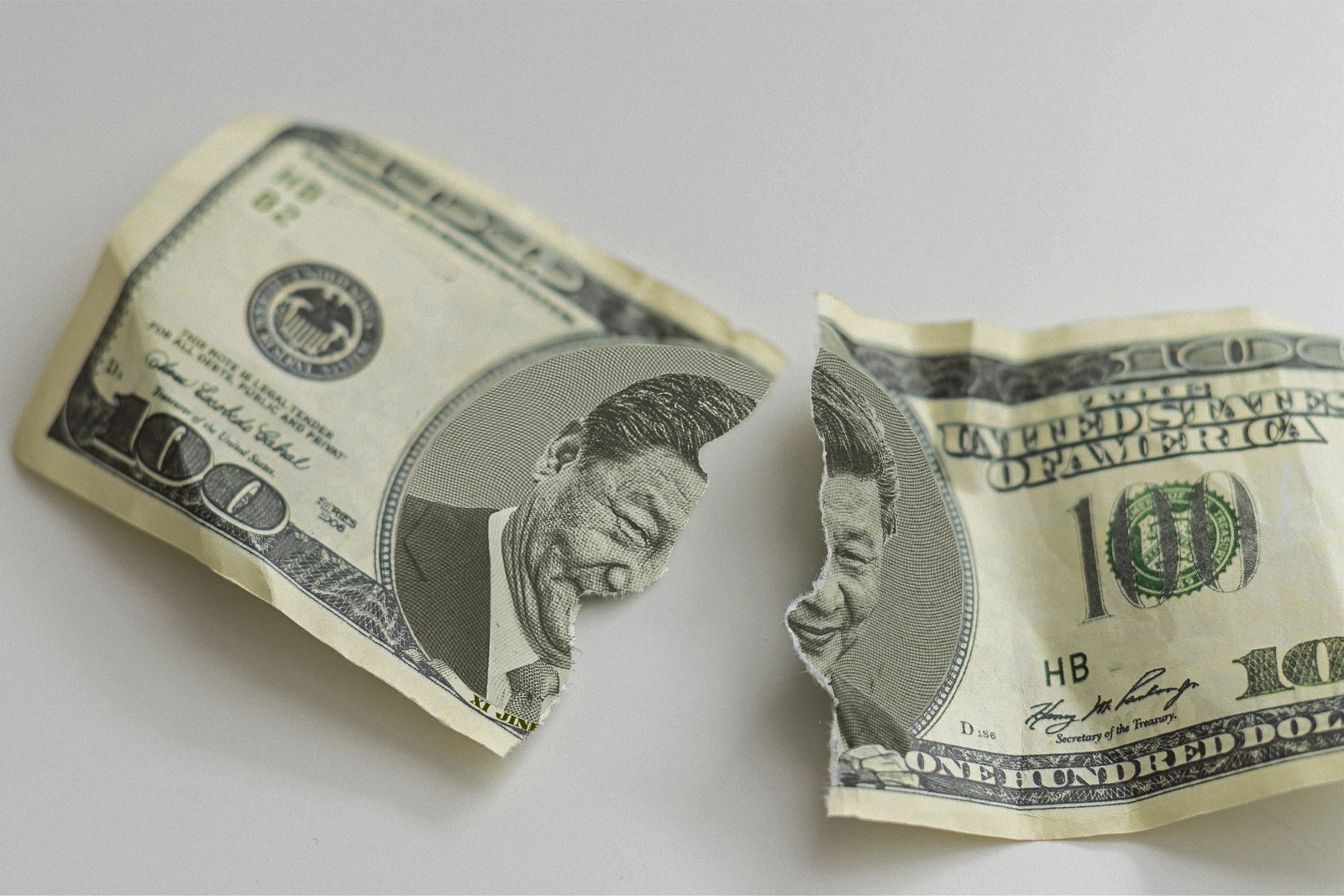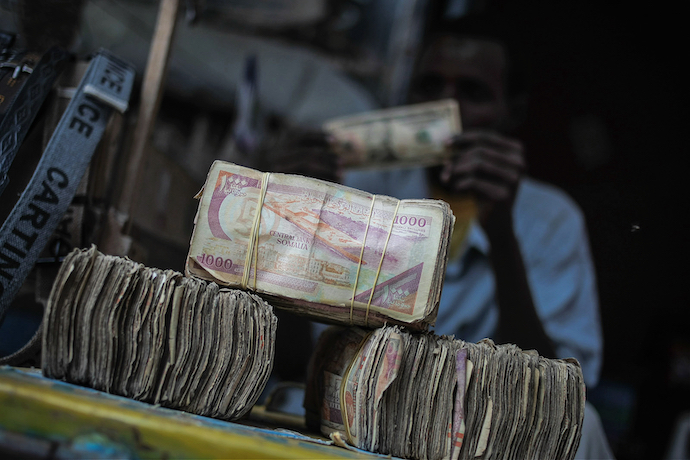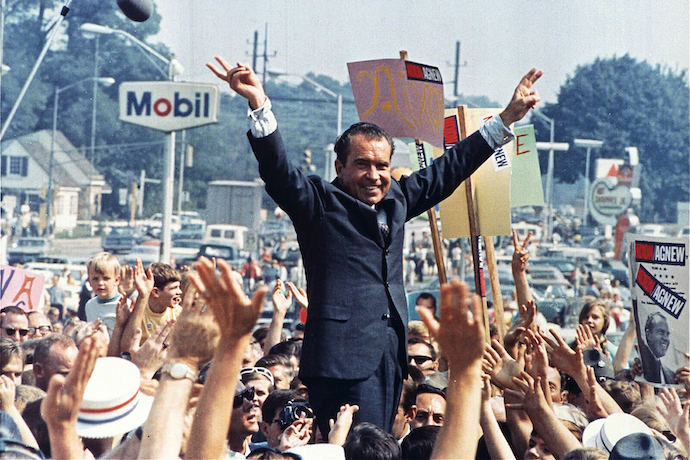
It Once Ruled the Globe. The U.S. Dollar is Under Assault.
Commodities, such as oil and natural gas, fertilizer, and precious metals, are currently priced in U.S. dollars. Through its control of global money flows and the supervision of one quadrillion dollars of annual international transactions, Washington has the power to impose unilateral sanctions, effectively freezing its adversaries out of the global payments system. This power is not theoretical. The United States has a long history of leveraging its financial power, specifically the U.S. dollar, as a geopolitical weapon.
To preserve sovereignty and limit dependence on U.S.-centric capital flows, many nations are actively exploring alternative financial infrastructures by looking to China, the only economy capable of providing a counterbalance. The process of de-dollarisation is rapidly expanding through various bilateral, multilateral, and institutional arrangements. China is actively working to dismantle the dominance of the dollar by engaging in these agreements and is utilising the BRICS bloc to do it.
But first, what is meant by U.S. dollar dominance? Historically, coinage was tied to precious metals. Still, its vulnerability to disfigurement and debasement meant that its value came less from its metal content, but from its acceptance as a mode of tax settlement with the state. However, in a global system that is absent a unified ‘global state,’ monetary systems remain inherently national, with the global monetary system reflecting the interests of the greatest currency-issuing powers.

Global monetary influence has centred itself in the U.S. since 1944. At the end of WWII, the U.S. used its financing of the European reconstruction to gain access to the trading blocs of imperial France and Great Britain in particular. These loans facilitated the importation of U.S. commodities, food, and manufactured goods to Europe and the outflow of loaned capital back to the U.S. The U.S. also acquired veto power over the newly founded lending institutions of the International Monetary Fund and the World Bank for its trouble.
Initially, the United States enjoyed a large trade surplus. However, consistent military expansion, NATO expenditure, and two wars in Korea and Vietnam dissolved this surplus over time, and by 1964, the U.S. was shouldering a trade deficit due entirely to overseas military spending. Though, the emergence of powerful special interests and the belief that these expenditures were crucial for national security prevented Washington from changing course.
The system of fixed exchange rates between fiat and gold meant that as American allies exchanged dollars for gold, convertibility became unstuck. In 1971, as the circulating supply of U.S. dollars exceeded U.S.-held gold stocks by 500%, the Nixon administration abandoned the gold standard, ending convertibility, and devaluing the dollar by 10%.
The result was that foreign central banks were unable to convert dollars for gold, but also couldn’t dump their dollars, or reject their use, as this risked rendering their own dollar holdings worthless. Any aggressive devaluation of the dollar by other states would also act only to increase the competitiveness of U.S. manufacturers for export to foreign markets.
Subsequently, the (rightfully) perceived ‘riskiness’ of U.S. stocks and the illiquidity of U.S. domestic real estate deprived central bankers of modes of recycling their dollars. U.S. interest-bearing treasuries became their only safe haven from inflation and, without an alternative, U.S. dollar hegemony was reluctantly accepted.
This perpetual rollover of American debt effectively acted as a military subsidy. Dollars sent overseas, through trade or loans, would be exchanged for local currency at central banks and would then purchase U.S. Treasuries. This financed the U.S. encirclement of Russia and China with over 800 military bases, with the money flows continuing to boomerang back to the U.S. This untethering from gold had enabled near-unconstrained U.S. military expansion.
There was no theoretical limit to this new circular flow of money. The creditor status of the U.S. enhanced U.S. soft power and its capacity to print dollars exempted Washington from the austerity regulations it imposed on debtor nations carrying dollar-denominated loans from institutions like the IMF and the World Bank. A further deal with Saudi Arabia ensured the sale of oil in dollars which, when combined with U.S. agricultural dominance at the time, meant unilateral dollar sanctions enabled the potential suffocation of hostile powers by restricting their ability to import food and energy. I will say it again, the U.S. dollar was now a weapon.
Geopolitical rivals of the U.S. saw this system as a threat, however, ironically it was U.S. businesses that made de-dollarisation possible by offshoring their production to China in search of lower wages. While shareholder profits increased, the real wealth of nations is in their productive capacity. As such, America’s growing import dependency, coupled with the rampant industrial development of China, became a geopolitical friction point.
Beijing was also tiring of financing its own encirclement by its adversary through U.S. Treasury purchases and began contemplating alternate systems. However, its reliance on the dollar system created an uneasy equilibrium, especially considering its $1 trillion U.S. debt holdings. So, perhaps somewhat surprisingly, it was China’s partners who played the most significant role in triggering the process of de-dollarization.

There has been a 900% increase in the imposition of unilateral U.S. sanctions since 2000. This has continued to escalate following the annexation of Crimea by Russia and has expanded to Chinese technology firms like Huawei. While the constraint of global money flows was one thing, the freezing of Iranian, Venezuelan, and Afghan sovereign assets added a new dynamic to the equation for U.S. adversaries. When the U.S. seized $300 billion dollars of Russian assets in 2022, following the invasion of Ukraine, and suggested revising U.S. law to allow for their dispersion for Ukrainian relief, it irreparably damaged U.S. dollar hegemony forever.
Somewhat predictably, the reality is that countries will not bank with partners who seize foreign assets. Trust, and a degree of reciprocal understanding, even between enemies is needed to maintain the functionality of a dollar-dominated global payment system. Unfortunately for the U.S., this trust is now gone, and major economic powers are beginning de-dollarisation efforts to avoid Russia-like sanctions.
China is at the top of the list of states who have a strategic and economic imperative to ditch the dollar, not least since many predict a conflict over Taiwan in the coming years. China is predominantly utilising bilateral and multilateral agreements to manage its decoupling. For example, Beijing and Argentina have agreed on a $19 billion currency swap deal. This deal will facilitate trade and buy Beijing influence in Buenos Aires while freeing up Argentinian-held U.S. dollars to service its IMF debts.
China has also brokered a deal between Iran and Saudi Arabia, demonstrating it now has diplomatic influence that corresponds to its buying power as the world’s top petrochemical importer. Riyadh is now considering settling oil in yuan, something Qatar has already done.
These deals have provided states like Russia and Iran with an economic lifeline as well as given many smaller states the confidence to follow suit. This is evidenced by the proportionate decline of central bank U.S. dollar reserves from about 71% to just under 60% over the last 25 years. Over time, these types of arrangements could expand across organisations such as OPEC and the Shanghai Cooperation Organisation. OPEC represents approximately 44% of global oil production, while the Shanghai Cooperation Organization accounts for one-fifth of global GDP.
However, the most significant group in terms of potential impact is BRICS, the most ambitious de-dollarization program yet. Ignoring the 19 states looking to join, including Argentina, Egypt, and Indonesia, the group still encompasses two-fifths of the world’s population, one-quarter of global GDP, and 16% of global commerce.
The China-Brazil nexus is especially important. Brazil’s commodity producer status meant it conducted over $150 billion of trade with China in 2022 and in March, the two countries agreed to trade in local currencies. Former Brazilian President Dilma Rousseff is spearheading Brazilian de-dollarization. Rousseff is the chair of the New Development Bank, a multilateral development bank established by the BRICS states. The NDB plans to provide one-third of loans in local currencies, facilitating more manageable debt repayments for debtor states looking to ditch the dollar.
Other developments like central bank digital currencies could create parallel payment networks independent of dollar influence. Many countries are exploring such initiatives and Russia, China, India, and the EU are also building alternatives to SWIFT like SPFS, CIPS, INFINET, and INSTEX. However, de-dollarisation is a slow process and as a temporary solution, gold appears to be viewed as a convenient alternative.
Beijing has currently begun moving away from Treasury bill purchases and towards building its gold reserves, successfully accumulating more than 1,800 tons as of April. This emphasis on gold, however, hints at a more general policy of Beijing. China carefully regulates credit, only deploying it selectively for development, political or strategic objectives. Replacing the dollar with the yuan would have the effect of holding Chinese policy hostage to competing priorities, something Beijing has little interest in. It would also entail the liberalisation of domestic currency restrictions, leading to the outflows of many wealthy Chinese into foreign stock exchanges and property markets, creating huge stress for an already fragile Chinese housing market currently contending with oversupply.
While the growing prevalence of the yuan will chip away at dollar dominance, it will not replace it as the world’s money. Perhaps the proposed BRICS currency that is being spearheaded by Russia is the strongest candidate? While future events are hard to predict, what is certain is that currency orders reflect the international balance of power.
The era of multipolarity has already arrived, and the emergence of multipolar currency regimes is imminent. While the U.S. dollar will remain dominant, its exorbitant privilege is diminishing. As a result, its utility as an economic weapon will decrease, and the burden of America’s military expenditure will increasingly fall onto a tax base that is becoming more and more politically divided. The steady process of de-dollarization is only beginning and will have extensive and far-reaching consequences for the U.S. and the global order.
Conversations about the U.S. dollar and whether it is losing its dominance are becoming louder and more frequent. This article explores dollar dominance, currency weaponization, efforts to undermine dollar hegemony, and whether the yuan is a suitable replacement while providing some historical context for why this conversation is relevant.

